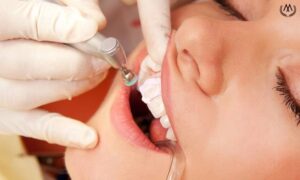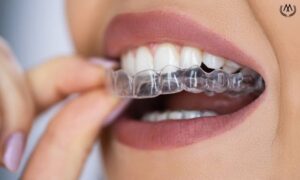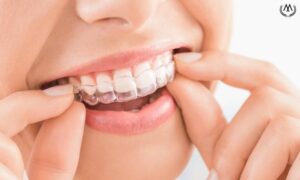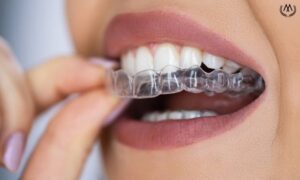Clear dental aligners have become an increasingly preferred method in orthodontic treatments. MK Aligners stand out due to their aesthetic appearance and comfort, but the safety of this treatment process is also an important consideration. Allergic reactions can be a potential risk factor in medical treatments. This article will provide information about the risk of allergic reactions associated with the use of MK Aligners.
1. What is an Allergic Reaction?
An allergic reaction is a condition that arises from the immune system’s hypersensitivity to certain substances. The body perceives usually harmless substances as threats and reacts with various symptoms. These symptoms can include redness, itching, swelling, and in more severe cases, anaphylactic shock.
2. Allergy Risks with MK Aligners
MK Aligners are generally manufactured from high-quality, biocompatible materials. These materials are designed to minimize the risk of allergies. However, every individual’s body is different, and some people may develop allergic reactions to specific substances. Particularly, individuals with sensitivities to the plastic or other materials used in the aligners may face a risk of allergies.
3. Symptoms and Diagnosis
Allergic reaction symptoms may emerge during the use of MK Aligners. These symptoms typically present themselves within the first few days of using the aligners. Signs such as redness, itching, or swelling in the mouth should prompt immediate consultation with a dentist. The dentist can identify the cause of the allergic reaction and recommend appropriate treatment options.
4. Allergy Tests and Precautions
Individuals at risk of allergies can undergo allergy testing before starting MK Aligners treatment. These tests help determine which substances a person may be sensitive to. If an individual has previously experienced an allergy to a specific material during dental treatment, the dentist can consider this and use alternative materials.
5. Precautions to Take During Treatment
When using MK Aligners, taking certain precautions during the treatment process can help reduce the risk of allergic reactions. Maintaining good oral hygiene, regularly cleaning the aligners, and using them for the recommended duration can prevent potential issues. Additionally, regular check-ups with the dentist are important for early detection of allergic reactions.
Conclusion
The risk of allergic reactions with MK Aligners can vary based on individual circumstances. Generally, these aligners are made from biocompatible materials, making the allergy risk low. However, individuals with a history of allergies should exercise caution and consult with a dentist during the treatment process. If allergic reaction symptoms are noticed, it is advisable to seek immediate medical attention. With proper information and care, the orthodontic treatment process with MK Aligners can be conducted safely.





